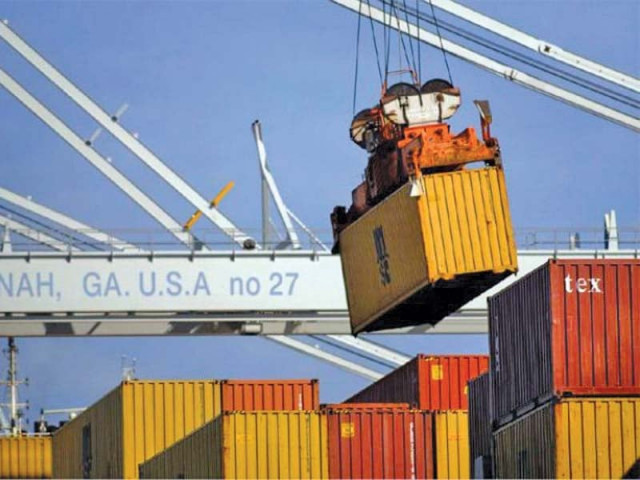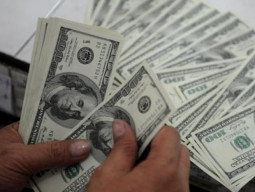
The decision to increase customs duties rates on semi-finished and finished goods would increase the prices of vegetables, tea, coffee, wheat, cosmetics, military weapons, garments etc. However, the abolishment of 5% slab would lower the price of industry raw material, vegetables and fruits.
Dealers for allowing import of up to 5-year-old used cars
Currently, an overwhelming majority of the goods is imported under five different customs tariff slabs of 3%, 5%, 10%, 15% and 20%. However, there are exceptions, where the government is charging higher than 20% custom duties rates like vehicles, steel products and agriculture products in the name of protecting domestic industries and farmers.
Sources said that Finance Minister Ishaq Dar has approved reduction in the number of customs duties’ slabs from five to four, in line with an IMF condition. Under the $6.2 billion IMF programme, Pakistan had committed in September 2013 to simplify customs tariff structure by reducing slabs from seven to four over a period of three years.
In addition to these standard rates of five slabs, the government is also charging 1% special customs duty over and above standard slab rates. This 1% special duty would remain in place in the next budget as well.
Officials said that Dar has approved to abolish the 5% customs duty slab, under which most raw materials are imported. They stated that most of these raw materials will be shifted to the 3% slab, lowering the price of these items.
In case of certain items, where the 5% custom duties had been imposed to protect domestic industries, these items will still be charged at the existing rates by moving them to Schedule 5 of the Customs Act, said the sources.
Pakistan left with higher import of cotton
However, to compensate for the negative impact of abolishing 5% slab on tax revenues, the government would increase the 10% slab rate to 11% and 15% slab rate to 16%, the sources said. The 1% increase against these two slabs will be over and above the 1% special customs duty put in place through a mini budget in 2015. Effectively, the 10% slab’s new rate would be 12% and 15% new rate will be 17% from July this year, said the sources.
There would be no change in the rate of the highest slab of 20% due to restriction imposed by the IMF. However, effectively, this slab rate will be 21% due to 1% special customs duty.
The increase in rates of 10% and 15% slab rates will push up the prices of hundreds of semi-finished and finished goods.
The custom duties and special duties have become important and easy source of income generation for the Federal Board of Revenue. Any increase in custom duty rates automatically results in an increase in collection of sales tax, as the sales tax is calculated after including all the duties and levies into the price of the goods.
The goods that are currently imported at 5% rates but may be shifted to 3% are animals, bovine animals, poultry, vegetables, iron ores and raw materials of the industries.
Imported goods: ‘Officials can’t break duty assessment rules’
However, the items that will see increase in their prices due to upward adjustment in custom duties rates are fish, fish meat, nuts, coffees, tea, wheat, maize, rice, vegetable waxes, petroleum jelly, iron oxides, drugs, sports goods, birds’ eggs, woven fabrics, military weapons.
There are apprehensions that the industrialists would not pass the impact of reduction in raw material prices to the consumers. However, they would be quick to pass on the impact of increase in prices of their goods due to increase in slab rates.
The export-oriented industries, on the other hand, would have an advantage due to lower prices of raw materials.
Published in The Express Tribune, May 28th, 2016.
Like Business on Facebook, follow @TribuneBiz on Twitter to stay informed and join in the conversation.






1726054615-0/OpenAI-(2)1726054615-0-270x192.webp)











COMMENTS
Comments are moderated and generally will be posted if they are on-topic and not abusive.
For more information, please see our Comments FAQ